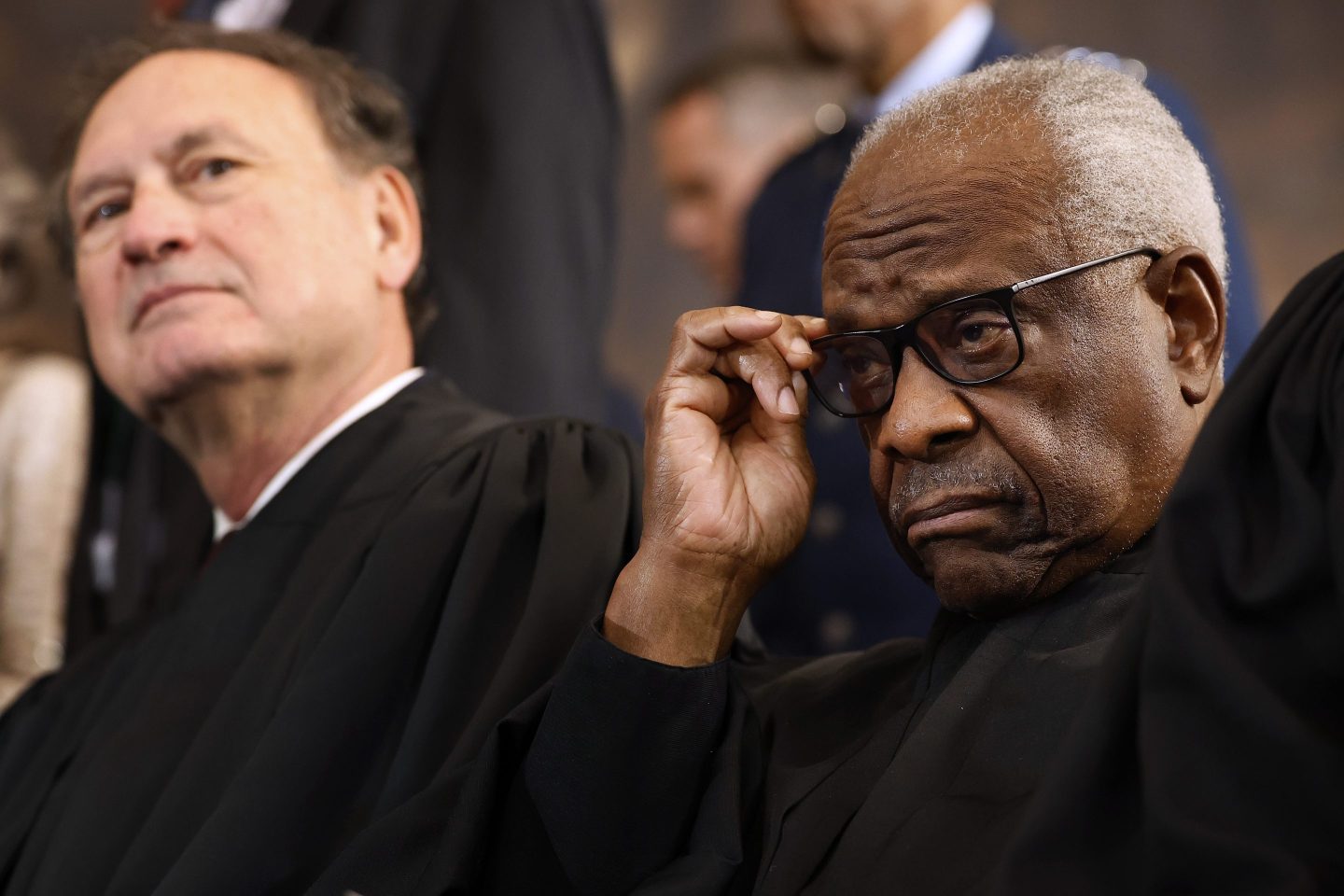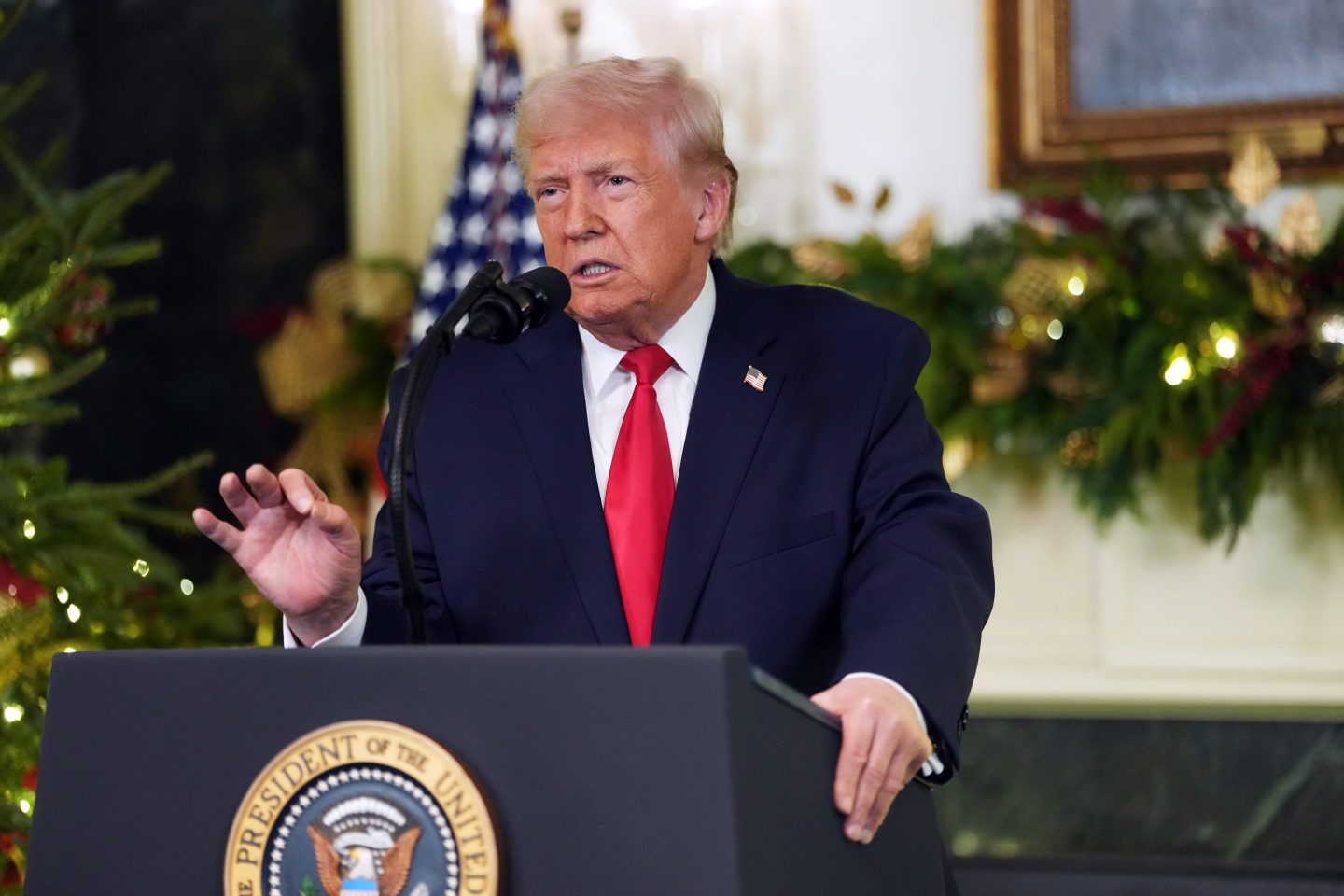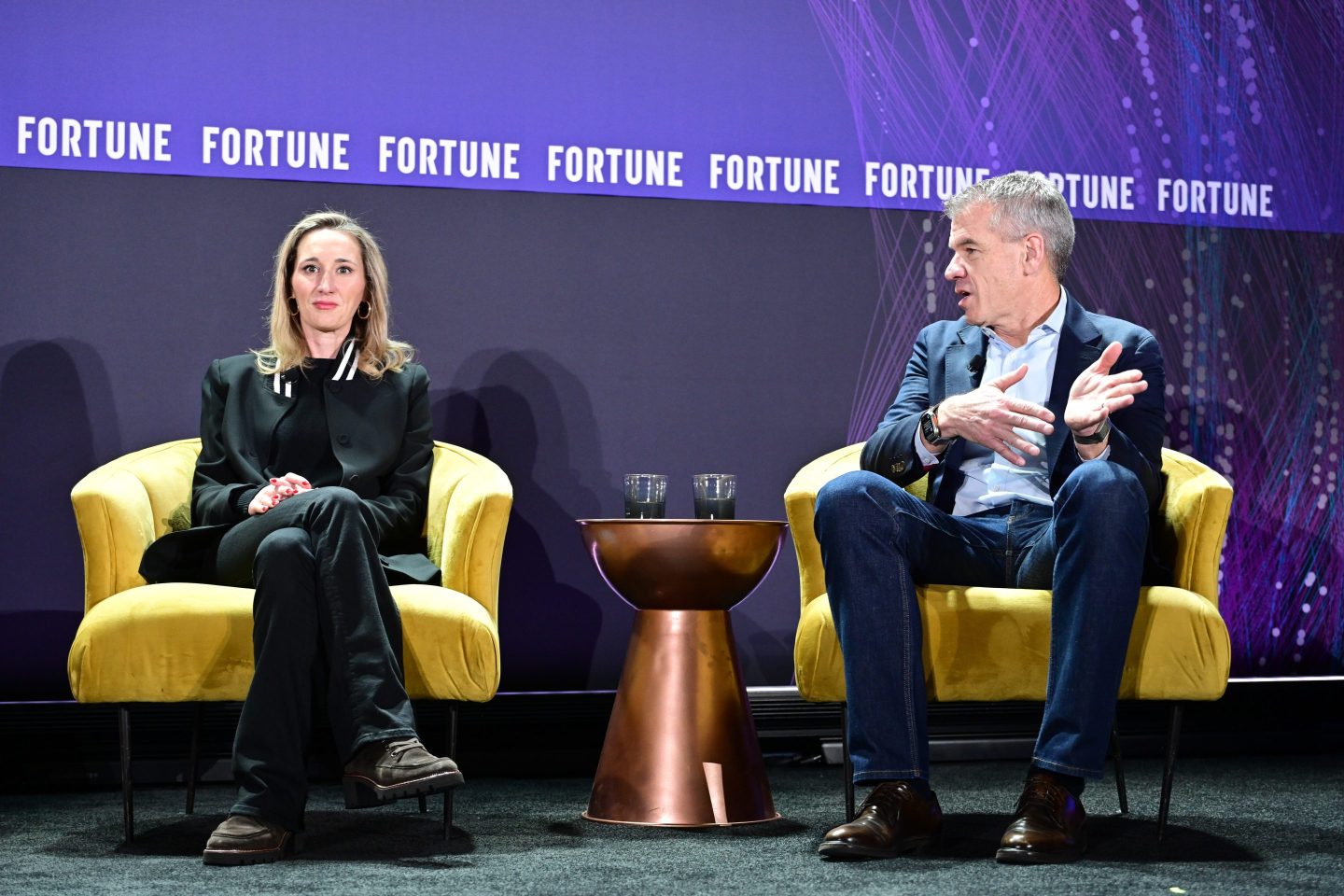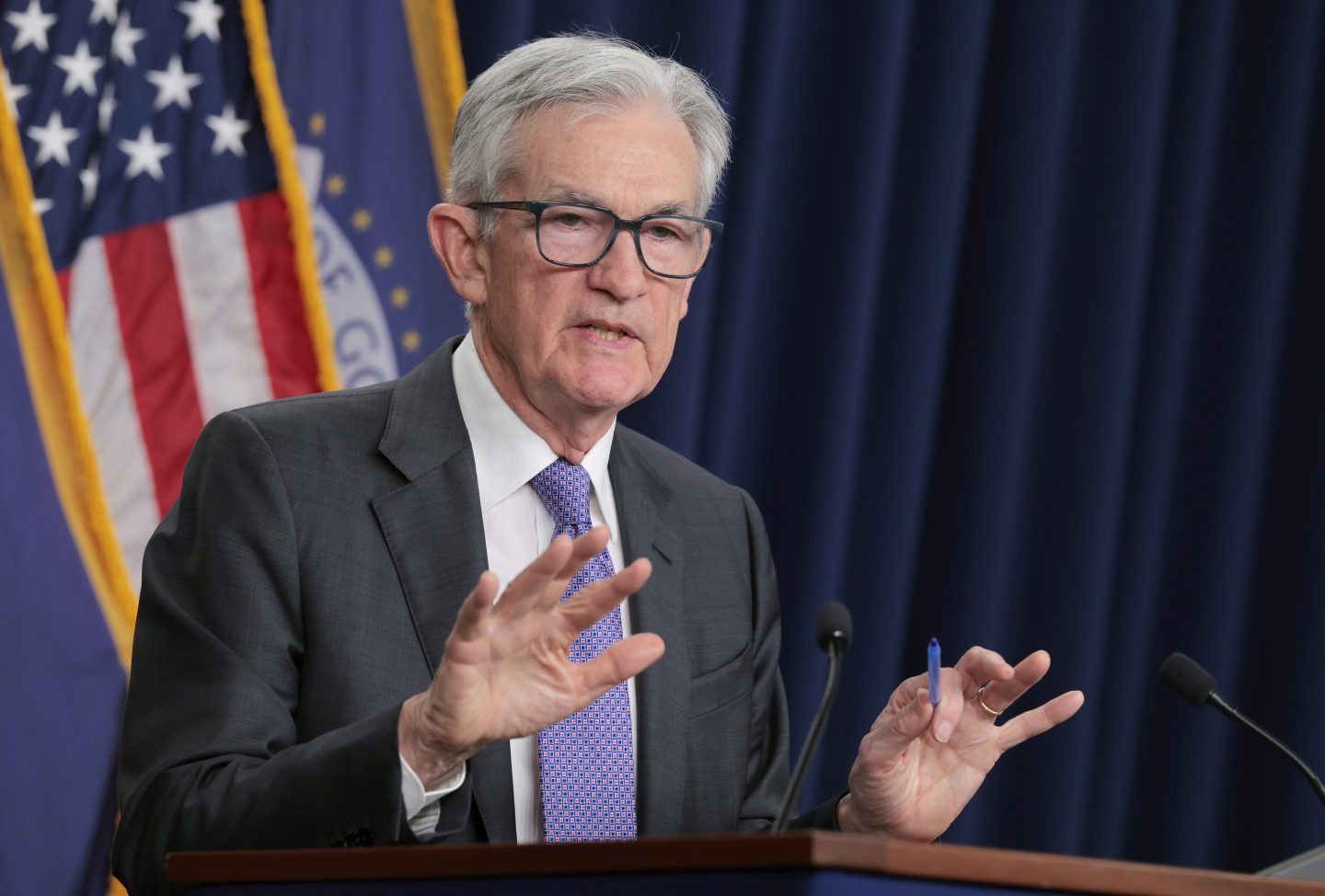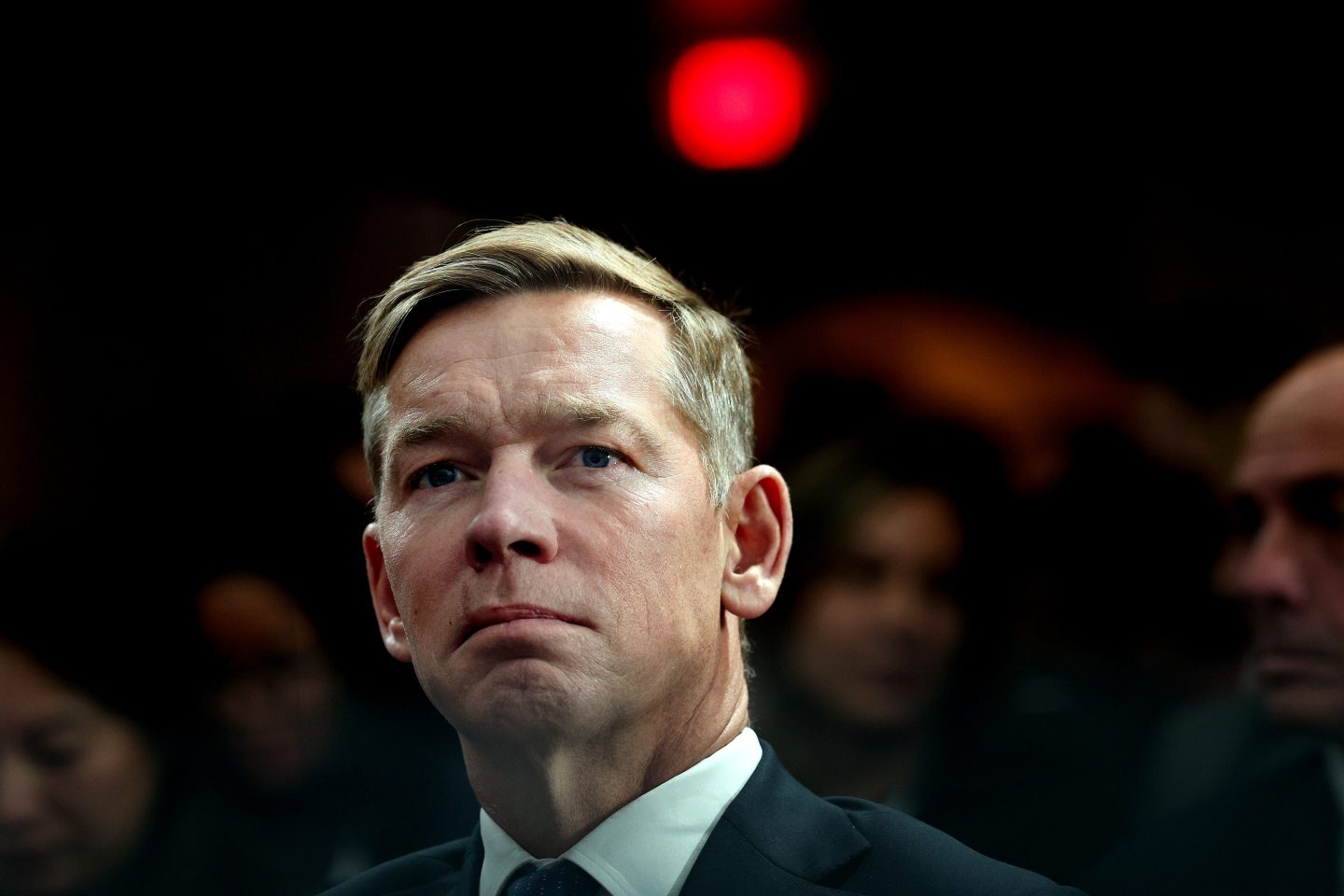An unusual combination of Supreme Court justices appears to be coalescing to strike down President Donald Trump’s global tariffs, according to an analyst.
The top court heard arguments Wednesday in a case challenging Trump’s ability to use the International Emergency Powers Act (IEEPA) to impose his so-called reciprocal tariffs and duties meant to curb the fentanyl trade.
It didn’t go well for Trump. The administration’s lawyer admitted that a future president, under its own legal reasoning, could use IEEPA to declare a climate emergency and block imports of gasoline-powered cars.
The solicitor general also conceded that Americans are paying part of the tariff costs and argued tariffs are not a tax meant to raise revenue—even though Trump and numerous White House officials have been touting for months how much revenue the levies are generating.
A potentially decisive moment may have come when Justice Neil Gorsuch suggested the administration’s stance opens the door to a “one-way ratchet” that would allow the White House to accumulate power permanently at the expense of Congress.
In a note on Thursday, Capital Alpha Partners cofounder James Lucier offered some predictions on how the justices would vote, saying conservative Amy Coney Barrett will likely join liberals Sonia Sotomayor, Elena Kagan, and Ketanji Brown Jackson in going against Trump.
“Crucially, the three conservative Justices who are considered to be the most conservative on the court – Clarence Thomas, Samuel Alito, and Neil Gorsuch – also appear to go into the same category as Barrett,” Lucier wrote.
Meanwhile, Justice Brett Kavanaugh and Chief Justice John Roberts, who are conservatives too but have also been swing votes in the past, “seem questionably likely at best” to uphold the tariffs, he added.
That suggests a potentially lopsided 7-2 vote against Trump, who appointed Gorsuch, Barrett and Kavanaugh during his first term.
And even if Alito and Thomas side with the administration, the high court is still poised to hand Trump a defeat, albeit by a narrower margin.
“The more likely scenarios would all have Thomas, Alito, and Gorsuch voting to strike down the IEEPA tariffs or to curtail them, in our view,” Lucier said. “Alternatively, at a minimum, we could see Barrett and Gorsuch joining the three liberal Justices to strike down the tariffs 5-4.”
Despite Alito and Thomas generally being more sympathetic to presidential power, they and Gorsuch would have “grave reservations” about upholding Trump’s tariffs, which raise their concerns over the separation of powers between the executive and legislative branches, he added.
Either way, Trump’s trade war will continue
For his part, Trump has made dire predictions about a Supreme Court defeat, saying the U.S. will be rendered “defenseless’’ and possibly “reduced to almost Third World status.”
But even if the Supreme Court ends Trump’s global tariffs, that won’t mean all his tariffs or his trade war will go away.
A different authority imposed tariffs targeting industrial sectors like autos and steel, and these cases are not before the Supreme Court. Trump could double down on that tactic to make up for the loss of his tariffs on countries.
“A ruling against Trump would only be temporary setback for the administration and with several other legal tools at his disposal to apply tariffs, we can expect the trade uncertainty to continue throughout 2026,” said Christopher Hodge, head economist for the U.S. at Natixis CIB Americas, in a note on Tuesday.
He pointed to provisions in the Trade Expansion Act, Trade Act, and Tariff Act that authorize duties under various circumstances.
The alternate legal routes are less flexible and harder to implement, but can still maintain a very high effective tariff rate, he added. But because of the lengthier process, another round of trade talks is a possibility next year.
“While we don’t envision another Liberation Day-type event, regardless of the outcome of the IEEPA case, we expect trade threats and tariff drama to continue throughout the Trump presidency,” Hodge predicted. “The extent of which will likely have significant implications on growth prospects.”
